Precision Chimney Checks to Ensure Safe Operation
Regular chimney inspections are essential for maintaining safe and efficient fireplace operation. Identifying potential issues early can prevent costly repairs and ensure proper functioning.
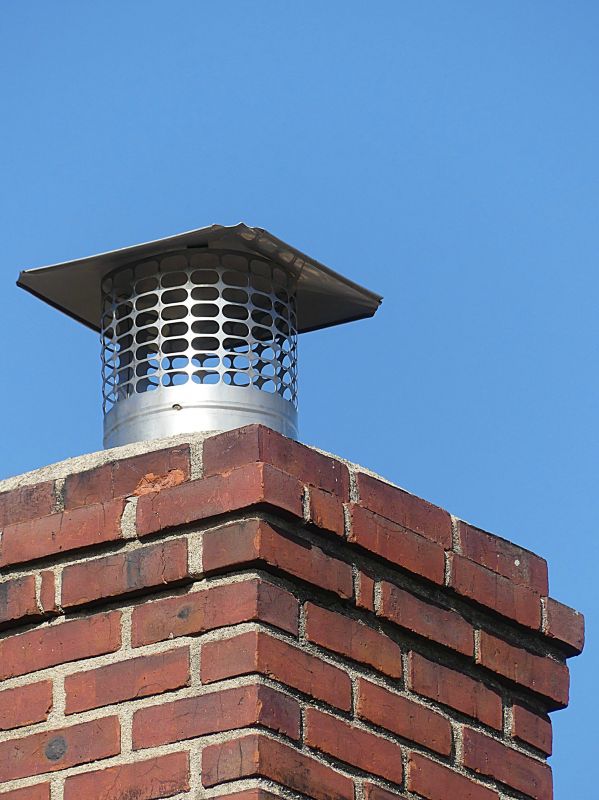
A vital component that prevents debris, animals, and water from entering the chimney.
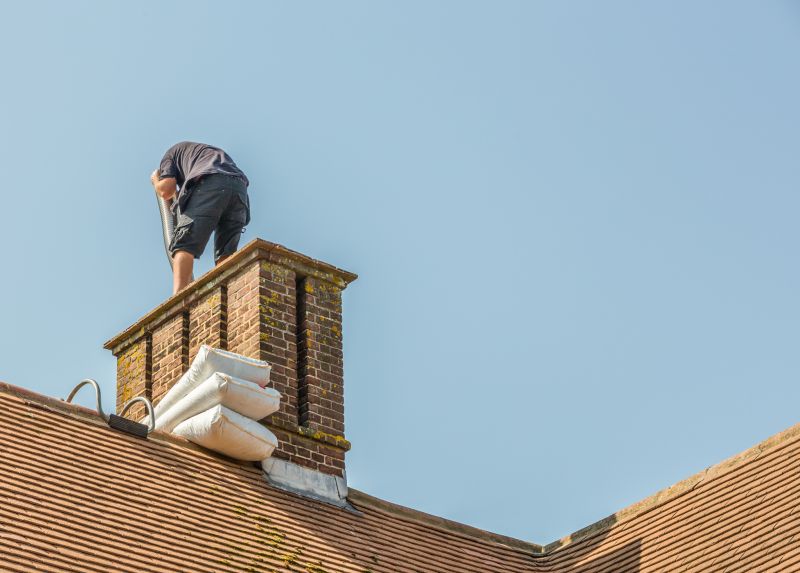
Protects the structure of the chimney and improves safety by containing heat and smoke.
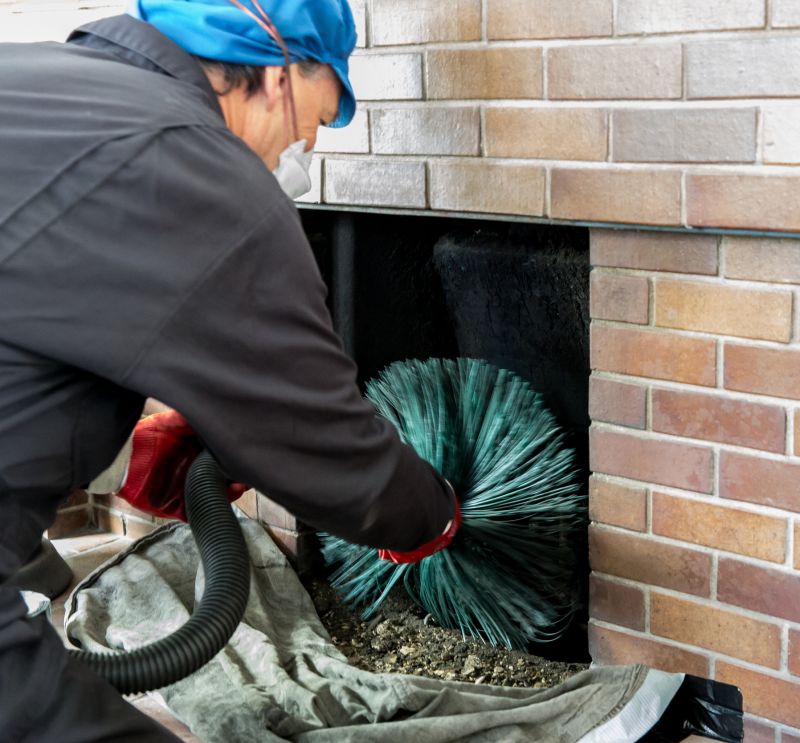
Controls airflow and prevents heat loss when the fireplace is not in use.

The area where wood is burned, requiring regular inspection for cracks and damage.
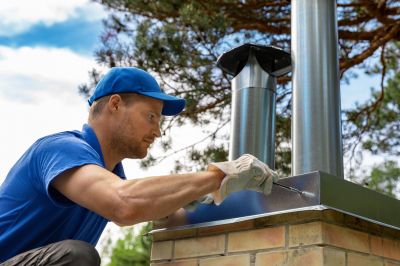
Prevents water penetration at the top of the chimney and extends its lifespan.
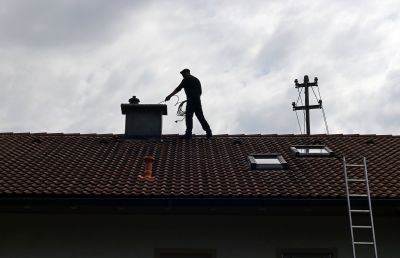
Channels smoke and gases safely out of the home, critical for proper ventilation.
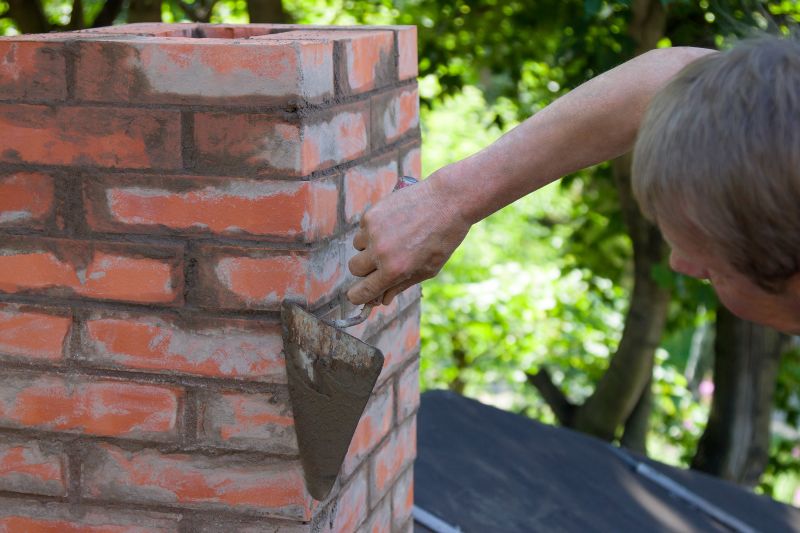
Ensures structural integrity and prevents deterioration due to weather exposure.
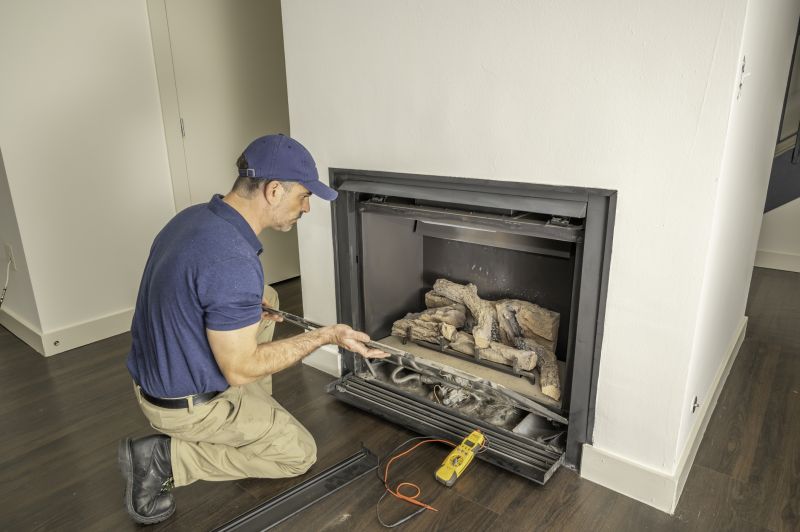
A movable plate that regulates airflow and prevents drafts when the fireplace is not in use.
Neglecting chimney inspections can lead to dangerous conditions such as creosote buildup, blockages, or structural damage. These issues increase the risk of chimney fires, smoke leaks, and carbon monoxide intrusion, which can pose serious health hazards.
Ensuring all components are functioning properly helps prevent fire hazards and maintains indoor air quality.
Critical parts include the chimney cap, liner, damper, firebox, crown, and flue, all of which require regular assessment.
Cracks, rust, excessive soot, or unusual odors indicate the need for a professional inspection.
Annual inspections are recommended to identify and address potential problems before they escalate.
Proper chimney inspection ensures the safety and efficiency of a wood-burning fireplace. Addressing issues early can help avoid dangerous situations and maintain optimal performance.
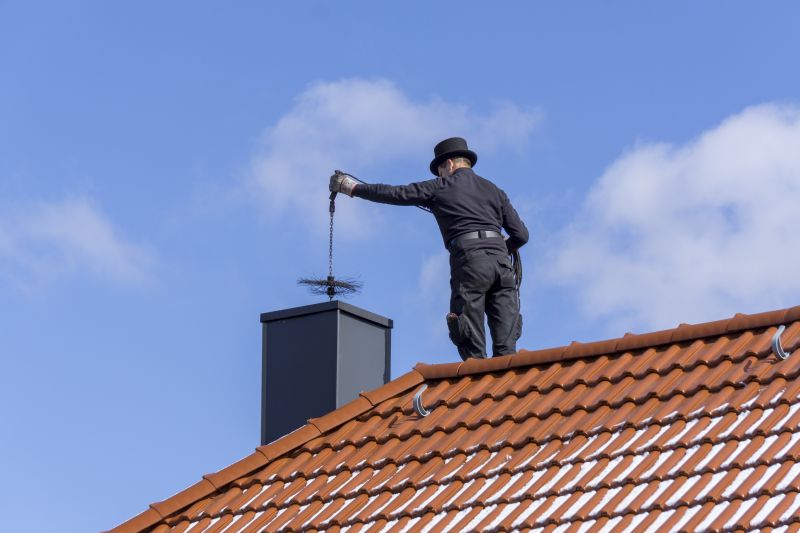
A well-maintained chimney free of creosote buildup.

Shows signs of deterioration that require repair or replacement.
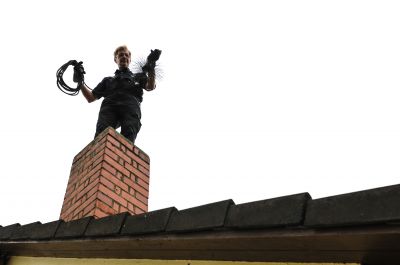
Professional assessing the chimney's condition.

A traditional fireplace in good condition.
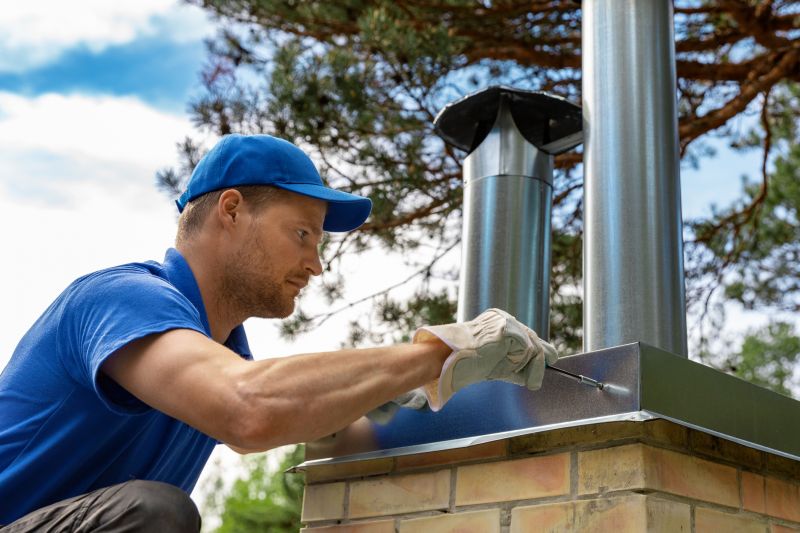
Protects the chimney from debris and water.
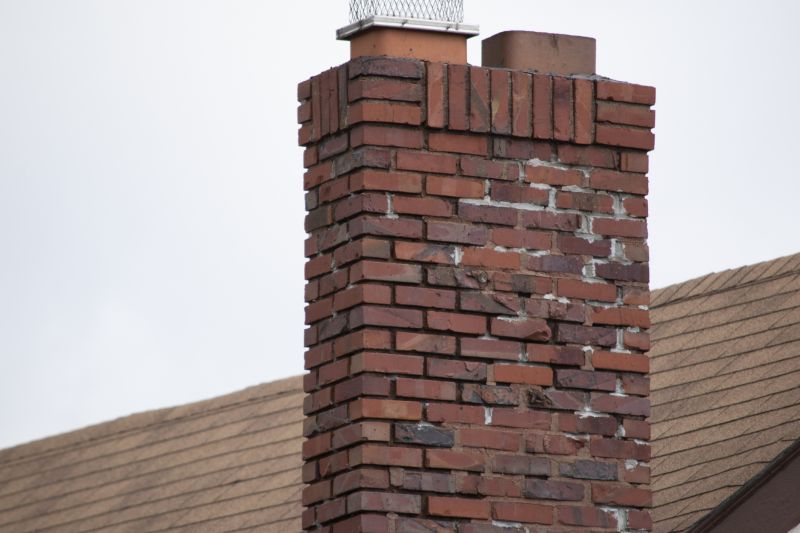
Indicates structural issues needing attention.
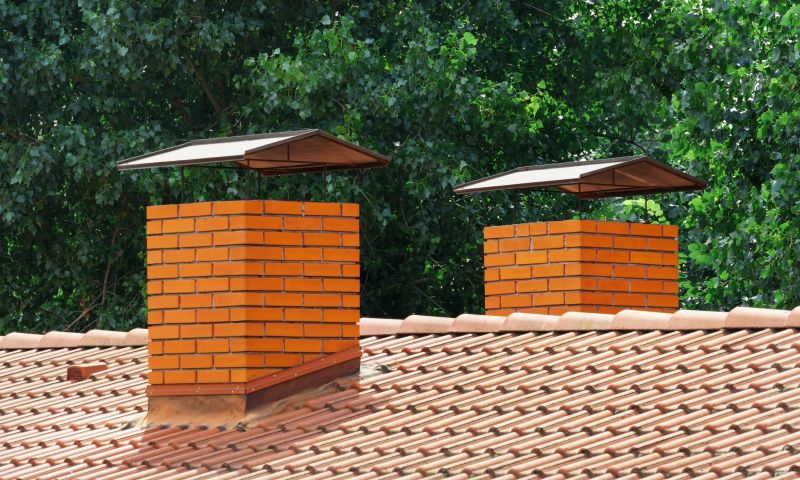
Properly functioning damper for airflow control.
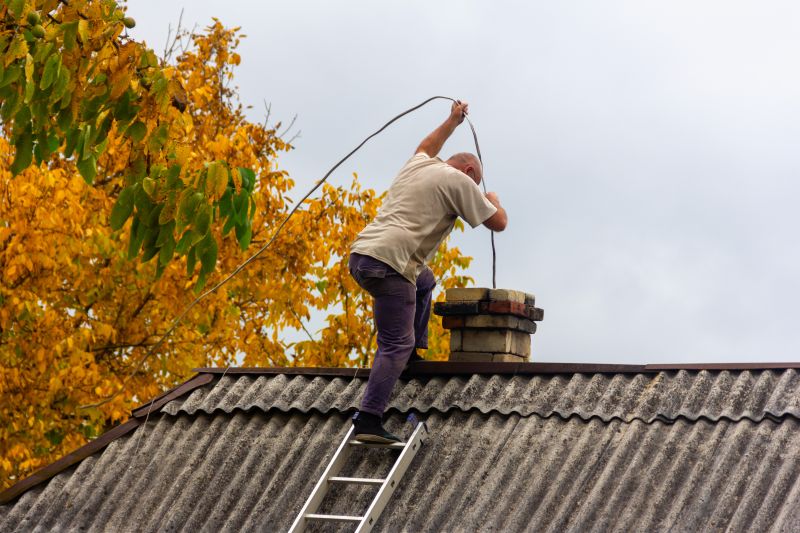
Accumulation that increases fire risk if not cleaned.
For a thorough assessment of a chimney's condition and to ensure safe operation, it is recommended to contact a professional chimney inspection service. Use the contact form to request a quote and schedule an inspection tailored to specific needs.
